Home>Garden Essentials>When Do Winter Annual Weeds Germinate
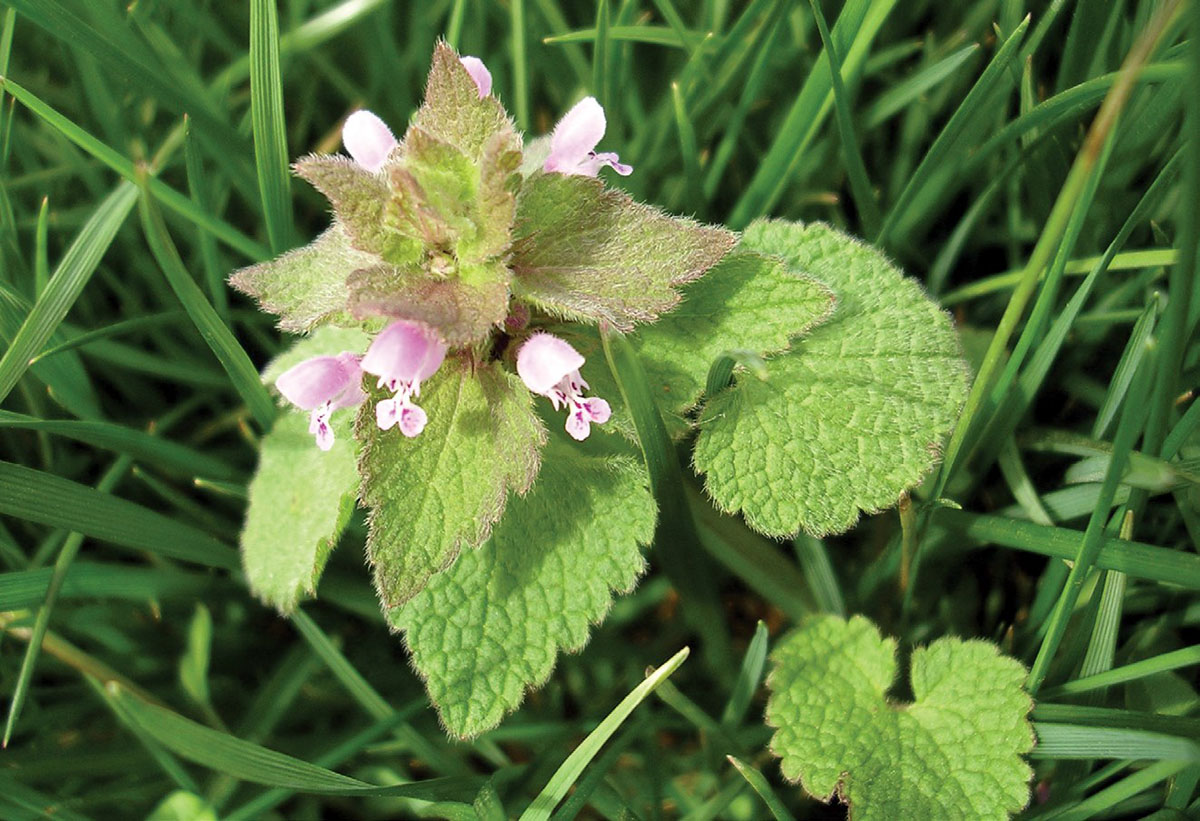

Garden Essentials
When Do Winter Annual Weeds Germinate
Modified: March 16, 2024
Learn about the germination of winter annual weeds in gardens. Find out when these pesky weeds sprout and how to prevent them for a beautiful winter garden.
(Many of the links in this article redirect to a specific reviewed product. Your purchase of these products through affiliate links helps to generate commission for Storables.com, at no extra cost. Learn more)
Introduction
Gardens are beautiful spaces that require care and attention throughout the year. One of the challenges that gardeners face is dealing with unwanted plant growth, particularly weeds. Weeds can be a nuisance, competing with desirable plants for sunlight, water, and nutrients. They can also detract from the aesthetic appeal of your garden. While some weeds are considered annuals and complete their lifecycle within a year, there is a specific group known as winter annual weeds that pose unique challenges for gardeners.
Winter annual weeds are a subset of the broader category of annual weeds. Unlike summer annual weeds, which germinate in spring and grow throughout the warmer months, winter annual weeds germinate during the fall or winter and typically complete their lifecycle in the following spring or early summer. Understanding when winter annual weeds germinate is essential for effective weed management strategies.
Next, we will delve into the factors that influence the germination of winter annual weeds and discuss how gardeners can identify and control them.
Key Takeaways:
- Winter annual weeds germinate in fall or winter, thriving in cooler temperatures and increased moisture. Understanding their germination factors helps gardeners implement effective control strategies.
- Preventing winter annual weed germination involves using pre-emergent herbicides, proper watering, and soil management. Regular monitoring and timely intervention are crucial for successful weed control.
Read more: When Do Weeds Germinate
Definition of Winter Annual Weeds
Winter annual weeds are a specific group of plants that germinate during the fall or winter and complete their lifecycle within a year. These weeds thrive in cooler temperatures and often emerge in late fall or early winter when other plants are dormant. While some winter annual weeds may survive temporarily in warmer climates, they typically rely on the cooler temperatures and increased moisture of the fall and winter seasons to thrive.
Winter annual weeds are characterized by their ability to adapt and flourish even in harsh weather conditions. They have evolved to take advantage of the vacant spaces left by summer annuals and perennial plants that have completed their growth cycles. By germinating in the cooler months, they can quickly establish themselves and form dense colonies before other plants resume growth in the spring.
Factors Affecting Germination of Winter Annual Weeds
The germination of winter annual weeds is influenced by several key factors. Understanding these factors is crucial for effectively managing and controlling these pesky plants.
Temperature: Winter annual weeds have specific temperature requirements for germination. Most of these weeds thrive in cooler temperatures, typically ranging from 50 to 68 degrees Fahrenheit (10 to 20 degrees Celsius). When the soil temperature falls within this range, it signals to the seeds that it’s time to germinate. However, extreme cold or prolonged periods of freezing temperatures can inhibit or delay the germination process.
Light: Unlike some summer annual weeds that require sunlight for germination, most winter annual weeds do not have strict light requirements. These weeds often germinate in the darker, more shaded areas of the garden where sunlight is limited. However, exposure to light can still have an impact on their growth and development once they emerge from the soil.
Water: Adequate moisture is essential for the germination of winter annual weeds. The fall and winter seasons typically provide increased rainfall or moisture from snow, creating favorable conditions for seed germination. The moisture allows the seeds to imbibe water and activate the necessary enzymes for sprouting. However, excessive moisture or waterlogged soil can hinder germination and promote the development of fungal diseases.
Soil Conditions: The physical and chemical properties of the soil play a crucial role in the germination of winter annual weeds. Loose, well-drained soil provides an ideal environment for seed germination. The presence of organic matter helps retain moisture and provides some nutrients for early seedling growth. In contrast, compacted soil or high clay content can impede water infiltration and oxygen availability to the seeds, thus inhibiting germination.
Dormancy and Seed Banks: Some winter annual weeds have mechanisms to go dormant and remain viable in the soil for an extended period. This dormancy allows the seeds to survive unfavorable conditions, such as drought or extreme cold, and germinate when conditions are more favorable. It is important to note that these dormant seeds can form seed banks in the soil, representing a hidden source of future weed infestations.
Understanding the factors that affect the germination of winter annual weeds is crucial for implementing effective weed management strategies. By manipulating these factors, gardeners can optimize growing conditions for desirable plants while minimizing weed growth and proliferation.
Temperature Requirements for Germination
Temperature is a critical factor that influences the germination of winter annual weeds. While these weeds prefer cooler temperatures, each variety has its specific temperature requirements for optimal germination.
Most winter annual weeds germinate when the soil temperature falls within the range of 50 to 68 degrees Fahrenheit (10 to 20 degrees Celsius). At these temperatures, the seeds sense the favorable conditions and start the germination process. However, it’s important to note that extreme cold or prolonged periods of freezing temperatures can inhibit or delay germination.
The germination process is triggered by a combination of soil temperature, air temperature, and sun exposure. When the soil temperature reaches the appropriate range, it signals to the seeds that it’s time to start growing. The seeds absorb moisture and swell, activating enzymes and initiating metabolic processes.
Some winter annual weeds have specific temperature preferences. For example, chickweed (Stellaria media) prefers temperatures around 50 to 59 degrees Fahrenheit (10 to 15 degrees Celsius) for germination. Henbit (Lamium amplexicaule) and purple deadnettle (Lamium purpureum) have similar temperature preferences, while annual bluegrass (Poa annua) prefers slightly higher temperatures, around 59 to 68 degrees Fahrenheit (15 to 20 degrees Celsius).
To promote germination of winter annual weeds, gardeners can take advantage of the seasonal temperature fluctuations. As temperatures begin to cool in late summer and early fall, the soil temperature gradually decreases, providing favorable conditions for germination. Providing a layer of mulch around existing plants can help insulate the soil, maintaining cooler temperatures and encouraging weed germination.
On the other hand, if you want to prevent or suppress winter annual weeds, you can aim to disrupt their germination process by implementing preventive measures. Applying pre-emergent herbicides in late summer or early fall can create a barrier in the soil that prevents the germination of weed seeds. These herbicides effectively inhibit cell division and growth in the germinating seeds, reducing the number of winter annual weeds in your garden.
Being aware of the temperature requirements for germination of winter annual weeds allows gardeners to strategically manage and control these weeds. By manipulating temperature conditions and implementing preventive measures, you can effectively reduce weed growth and maintain a healthier garden environment.
Role of Light in Germination
The role of light in the germination of winter annual weeds varies among different plant species. While some seeds require exposure to light for germination, others can germinate in darkness. Understanding these light requirements is crucial for effectively managing and controlling winter annual weeds.
Light can have varying effects on seed germination and seedling development. Some winter annual weeds, such as annual bluegrass (Poa annua), have light requirements for germination. These seeds require exposure to light to trigger the germination process. Light acts as a signal that stimulates the synthesis of specific plant hormones, initiating the growth process.
On the other hand, many winter annual weeds do not have strict light requirements. These weeds often germinate in the darker, more shaded areas of the garden where sunlight is limited. This adaptation allows them to take advantage of the empty spaces left by other plants and thrive in environments where light availability is lower.
Once winter annual weeds germinate and emerge from the soil, exposure to light becomes essential for their growth and development. Sunlight plays a crucial role in photosynthesis, the process by which plants convert sunlight into energy and produce carbohydrates for growth. Adequate light is necessary for the proper functioning of chlorophyll, the pigment responsible for capturing light energy. Insufficient light can lead to stunted growth, weak stems, and reduced seed production in winter annual weeds.
Gardeners can manipulate light conditions in the garden to control the germination and growth of winter annual weeds. By minimizing direct sunlight and creating shady areas, you can discourage the growth of light-dependent weeds. Planting taller, shade-producing plants or using physical barriers such as shade cloth or mulch can help create these shaded areas.
It’s important to note that while some winter annual weeds may not strictly require light for germination, exposure to sunlight after germination can accelerate their growth and development. Therefore, it’s crucial to regularly monitor your garden for emerging weeds and employ timely weed management practices to prevent their proliferation.
Understanding the role of light in germination and growth of winter annual weeds allows gardeners to employ targeted strategies for weed control. By manipulating light conditions and managing sunlight exposure, you can effectively suppress weed germination and reduce their impact on your garden.
Read more: How Long For Annual Ryegrass To Germinate
Water Requirements for Germination
Water is a critical factor in the germination process of winter annual weeds. Adequate moisture is essential for seeds to absorb and initiate germination. Proper watering practices and understanding the water requirements of winter annual weeds can help gardeners effectively manage and control these unwanted plants.
During the fall and winter seasons, when winter annual seeds typically germinate, there is often an increase in rainfall or moisture from snow. These moisture-rich conditions create favorable environments for seed germination. The availability of water triggers the imbibition process in seeds, allowing them to absorb water and activate enzymes necessary for germination.
While water is essential for germination, it’s crucial to strike a balance. Excessive moisture or waterlogged soil can impede seed germination and promote the development of fungal diseases. It’s important to provide adequate water without overwatering, ensuring the soil remains consistently moist but not saturated.
Gardeners should consider the specific water requirements of different winter annual weeds. Some weeds, like chickweed (Stellaria media), have higher water requirements and thrive in damp conditions. They are often found in areas with poor drainage or where moisture tends to accumulate. In contrast, other winter annual weeds, such as annual bluegrass (Poa annua), can tolerate drier conditions and survive with less water.
Proper watering practices can help control the germination and growth of winter annual weeds. To discourage their germination, it’s advisable to water existing plants deeply and infrequently rather than providing frequent shallow waterings. This approach promotes deeper root growth in desirable plants, making it harder for weed seeds to compete for resources near the surface.
It’s also important to monitor water levels in the garden. If rainfall is insufficient, supplement with irrigation to maintain soil moisture. However, avoid overwatering or creating waterlogged conditions, as this may promote the growth of winter annual weeds and compromise the overall health of the garden.
Lastly, implementing mulching practices can help conserve moisture and suppress weed germination. Applying a layer of organic mulch around desirable plants helps retain soil moisture and inhibits weed seed germination by limiting their access to light.
Understanding the water requirements of winter annual weeds and employing proper watering techniques is crucial for effective weed management. By providing the right amount of water and implementing preventive measures, gardeners can minimize weed growth and create a healthier garden environment.
Winter annual weeds typically germinate in the late summer or early fall when soil temperatures are cool and moisture is present. Keep an eye out for these weeds and consider using pre-emergent herbicides to prevent their growth.
Soil Conditions and Germination
The physical and chemical properties of the soil play a vital role in the germination process of winter annual weeds. Understanding how different soil conditions can affect germination can help gardeners effectively manage and control these unwanted plants.
Soil Texture: The texture of the soil refers to the relative proportions of sand, silt, and clay particles. Loam soils, which have a balanced combination of these particles, provide an ideal environment for seed germination. The looser structure allows for better air and water movement, facilitating seed imbibition and the activation of germination processes. In contrast, soils with high clay content tend to become compacted, creating poor drainage and reduced oxygen availability for germinating seeds.
Moisture: Adequate soil moisture is crucial for germination. Seeds need to absorb water to initiate metabolic processes for growth. Soil that is consistently moist but not waterlogged provides the ideal environment for seed germination. Proper watering practices and mulching can help maintain optimal soil moisture levels and promote germination while inhibiting weed competition.
Organic Matter: The presence of organic matter in the soil can significantly impact germination. Organic matter improves soil structure, enhancing water retention and nutrient availability. It also provides a favorable microenvironment for beneficial soil organisms. Proper soil amendment with compost or well-rotted organic matter can create an ideal germination environment for desirable plants while discouraging the growth of winter annual weeds.
pH Levels: Soil pH, which affects nutrient availability, can influence the germination of winter annual weeds. Most winter annual weeds tolerate a wide range of soil pH, but some may prefer slightly acidic or alkaline conditions. Conducting a soil test can help identify any pH imbalances and allow for appropriate adjustments to create optimal conditions for desired plants.
Seed Depth: The depth at which seeds are buried in the soil also affects germination. Different winter annual weeds have different seed sizes and germination requirements. Some seeds require exposure to light to germinate, while others need to be buried in the soil for proper germination. Understanding the ideal planting depth for specific winter annual weed seeds is essential for successful germination control.
Gardeners can manipulate soil conditions to discourage the germination and growth of winter annual weeds. Proper soil preparation before planting, such as tilling and incorporating organic matter, can improve soil structure and fertility. Additionally, implementing mulching practices helps conserve moisture, control temperature fluctuations, and inhibit weed seed germination by blocking their access to light.
By understanding the role of soil conditions in germination and implementing appropriate soil management practices, gardeners can create an environment conducive to the growth of desired plants while minimizing the germination and establishment of winter annual weeds.
Timing of Germination for Winter Annual Weeds
The timing of germination for winter annual weeds plays a crucial role in their lifecycle and management. Understanding when these weeds are most likely to germinate can help gardeners implement effective preventive and control measures.
Winter annual weeds typically germinate during the fall or winter months when temperatures and moisture levels are favorable. The exact timing of germination can vary depending on factors such as geographic location, climate, and specific weed species. However, there are general guidelines for the germination periods of common winter annual weeds.
Many winter annual weeds start germinating when the soil temperatures consistently fall within the range of 50 to 68 degrees Fahrenheit (10 to 20 degrees Celsius). This temperature range typically occurs in late summer or early fall, just as the weather begins to cool down. However, specific weed species may have slightly different temperature preferences for germination.
Some common winter annual weeds and their typical germination periods are:
- Chickweed (Stellaria media): Germinates in late summer or early fall when temperatures range from 50 to 59 degrees Fahrenheit (10 to 15 degrees Celsius).
- Hairy bittercress (Cardamine hirsuta): Germinates in early fall when temperatures are around 50 to 59 degrees Fahrenheit (10 to 15 degrees Celsius).
- Henbit (Lamium amplexicaule): Germinates from late summer through early winter, preferring temperatures around 50 to 59 degrees Fahrenheit (10 to 15 degrees Celsius).
- Purple deadnettle (Lamium purpureum): Germinates in late summer or early fall when temperatures range from 50 to 59 degrees Fahrenheit (10 to 15 degrees Celsius).
- Annual bluegrass (Poa annua): Germinates in late summer or early fall when temperatures range from 59 to 68 degrees Fahrenheit (15 to 20 degrees Celsius).
Timing is critical when it comes to managing winter annual weeds. Implementing preventive measures before the germination period can significantly reduce weed populations. One effective method is to apply pre-emergent herbicides in late summer or early fall. These herbicides create a barrier in the soil, preventing weed seeds from germinating and inhibiting their growth.
Regular monitoring of the garden and prompt weed removal is also crucial during the germination period. Weeds that have not yet flowered or produced seeds can be easily removed by hand pulling or using tools such as a hoe or cultivator. By removing weeds at this early stage, you prevent them from establishing and spreading their seeds, reducing future weed problems.
Understanding the timing of germination for winter annual weeds allows gardeners to implement timely and effective weed management strategies. By employing preventive measures and taking action during the germination period, you can minimize the impact of these weeds on your garden and maintain a healthier, weed-free environment.
Common Winter Annual Weeds and Their Germination Periods
Winter annual weeds are a persistent nuisance in gardens and landscapes, notorious for their ability to germinate and thrive during the fall and winter months. Knowledge of common winter annual weeds and their germination periods can help gardeners identify and control these unwanted plants effectively.
Here are some common winter annual weeds and their typical germination periods:
- Chickweed (Stellaria media): Chickweed is a low-growing weed with small white flowers. It typically germinates in late summer or early fall when temperatures range from 50 to 59 degrees Fahrenheit (10 to 15 degrees Celsius).
- Hairy bittercress (Cardamine hirsuta): Hairy bittercress is recognizable by its small, white flowers and unique seed pods that explosively disperse the seeds when touched. It germinates in early fall when temperatures are around 50 to 59 degrees Fahrenheit (10 to 15 degrees Celsius).
- Henbit (Lamium amplexicaule): With its distinctive purple flowers and square stems, henbit is a common winter annual weed. It typically germinates from late summer through early winter, preferring temperatures around 50 to 59 degrees Fahrenheit (10 to 15 degrees Celsius).
- Purple deadnettle (Lamium purpureum): Purple deadnettle, similar to henbit, has purple flowers and square stems. It germinates in late summer or early fall, when temperatures range from 50 to 59 degrees Fahrenheit (10 to 15 degrees Celsius).
- Annual bluegrass (Poa annua): Annual bluegrass is a tufted grassy weed with tiny seedheads. It germinates in late summer or early fall when temperatures range from 59 to 68 degrees Fahrenheit (15 to 20 degrees Celsius).
It’s important to note that the germination periods can vary slightly depending on geographic location, climate, and specific growing conditions. Monitoring the weather patterns in your region and being aware of the typical germination periods can help you better plan and implement weed management strategies.
To effectively control winter annual weeds, it’s essential to take preventive measures before their germination periods. Applying pre-emergent herbicides in late summer or early fall can be an effective strategy to inhibit weed seed germination. These herbicides form a barrier in the soil, preventing weed seeds from sprouting and establishing themselves.
Regular inspections and timely removal of winter annual weeds can also help prevent their spread and reproduction. Hand pulling or using tools such as a hoe or cultivator to remove weeds before they flower and produce seeds can greatly reduce future weed populations in your garden.
By familiarizing yourself with common winter annual weeds and their germination periods, you can take proactive steps to control and manage these weeds effectively, creating a healthier and more visually appealing garden environment.
Read more: What Soil Temperature Do Weeds Germinate
Germination Prevention and Control Methods
Preventing and controlling the germination of winter annual weeds is crucial for maintaining a healthy and weed-free garden. By implementing effective strategies, gardeners can minimize the impact of these weeds and ensure the success of desired plants. Here are some methods to prevent and control the germination of winter annual weeds:
- Preventive Measures: Taking preventive measures before winter annual weeds germinate can significantly reduce weed populations. Following good garden practices such as applying a layer of mulch around desirable plants can help suppress weed seed germination by blocking their access to light. Mulching also helps conserve moisture, control temperature fluctuations, and inhibit weed growth.
- Pre-emergent Herbicides: Applying pre-emergent herbicides in late summer or early fall is an effective method to control the germination of winter annual weeds. These herbicides form a barrier in the soil that inhibits the growth of weed seedlings. It’s essential to carefully follow the instructions on the herbicide label and apply it before the weed seeds germinate for the best results.
- Regular Monitoring: Regular monitoring of the garden is essential in identifying emerging winter annual weeds promptly. By inspecting your garden regularly, you can catch weed seedlings while they are still small and easier to control. Hand pulling or using appropriate tools, such as a hoe or cultivator, can be effective for removing weeds before they have a chance to flower and produce seeds.
- Proper Watering Techniques: Maintaining proper watering techniques is crucial for weed control. Water deeply and infrequently, as this promotes healthy root growth in desired plants while depriving weed seeds of the shallow moisture they need to germinate. Avoid overwatering, as it can create favorable conditions for weed growth.
- Soil Health and Fertility: Maintaining optimal soil health and fertility is key to preventing weed infestations. Implementing proper soil amendments, such as adding compost or organic matter, improves soil structure and provides essential nutrients for desirable plants. Healthy and well-nourished plants can better compete with winter annual weeds for resources.
- Manual Removal: Hand pulling weeds is an effective method, especially for small infestations or in areas where herbicides cannot be used. Be sure to remove the entire weed, including the roots, to prevent regrowth. It’s crucial to remove weeds before they produce seeds to avoid future weed problems.
- Cultural Practices: Incorporating good cultural practices can help prevent and control winter annual weeds. This includes proper crop rotation, regular soil cultivation, and removing weeds before they go to seed. Maintaining good hygiene in the garden, such as cleaning tools and equipment, can also prevent the spread of weed seeds.
It’s important to note that no single method is entirely foolproof, and a combination of strategies may be necessary for effective weed control. Each garden will have its unique challenges and requirements. By employing a holistic approach that includes preventive measures, herbicide applications, regular monitoring, and good cultural practices, gardeners can successfully prevent and control the germination of winter annual weeds, maintaining a beautiful and weed-free garden environment.
Conclusion
Winter annual weeds can be a persistent nuisance in gardens, but with the right knowledge and strategies, gardeners can effectively manage and control their germination. Understanding the factors that influence germination, such as temperature, light, water, and soil conditions, allows for targeted prevention and control measures.
Temperature requirements play a crucial role in the germination of winter annual weeds. Most of these weeds prefer cooler temperatures, typically ranging from 50 to 68 degrees Fahrenheit (10 to 20 degrees Celsius). Light is another factor that affects germination, with some weeds requiring exposure to light, while others can germinate in darkness. Adequate moisture is essential for germination, but overwatering can hinder the process and promote fungal diseases.
The physical and chemical properties of the soil, including texture, moisture, organic matter content, and pH levels, also impact germination. Loose, well-drained soil with adequate organic matter promotes successful germination, while compacted or waterlogged soil inhibits it. Understanding the timing of germination is crucial, as different winter annual weeds have specific periods when they are most likely to germinate.
To prevent and control the germination of winter annual weeds, gardeners can employ various strategies. Preventive measures such as mulching, applying pre-emergent herbicides, and regular monitoring can significantly reduce weed populations. Proper watering techniques, maintaining soil health, manual removal, and implementing good cultural practices also contribute to effective weed management.
By implementing a combination of these strategies and adapting them to the specific needs of your garden, you can keep winter annual weeds at bay and maintain a healthy and visually appealing garden environment. Regular vigilance, timely intervention, and ongoing maintenance efforts are key to successfully preventing and controlling the germination of winter annual weeds.
Remember, each garden is unique, and factors such as climate, geographic location, and specific weed species may vary. It is important to continuously educate yourself about the weeds in your region and stay updated on effective management techniques. With proper knowledge, care, and proactive measures, you can ensure your garden stays vibrant, healthy, and free from the grip of winter annual weeds.
Frequently Asked Questions about When Do Winter Annual Weeds Germinate
Was this page helpful?
At Storables.com, we guarantee accurate and reliable information. Our content, validated by Expert Board Contributors, is crafted following stringent Editorial Policies. We're committed to providing you with well-researched, expert-backed insights for all your informational needs.
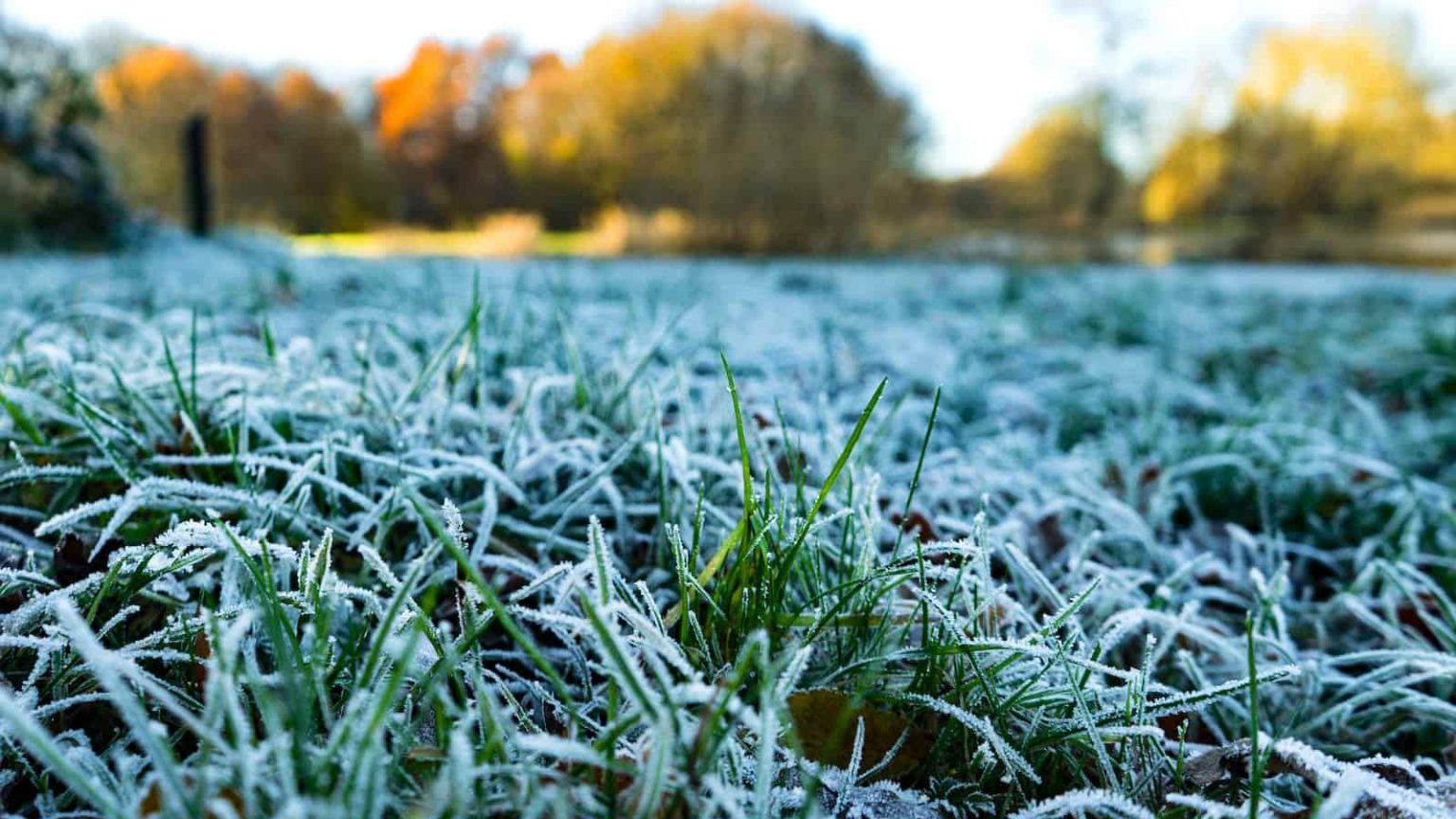
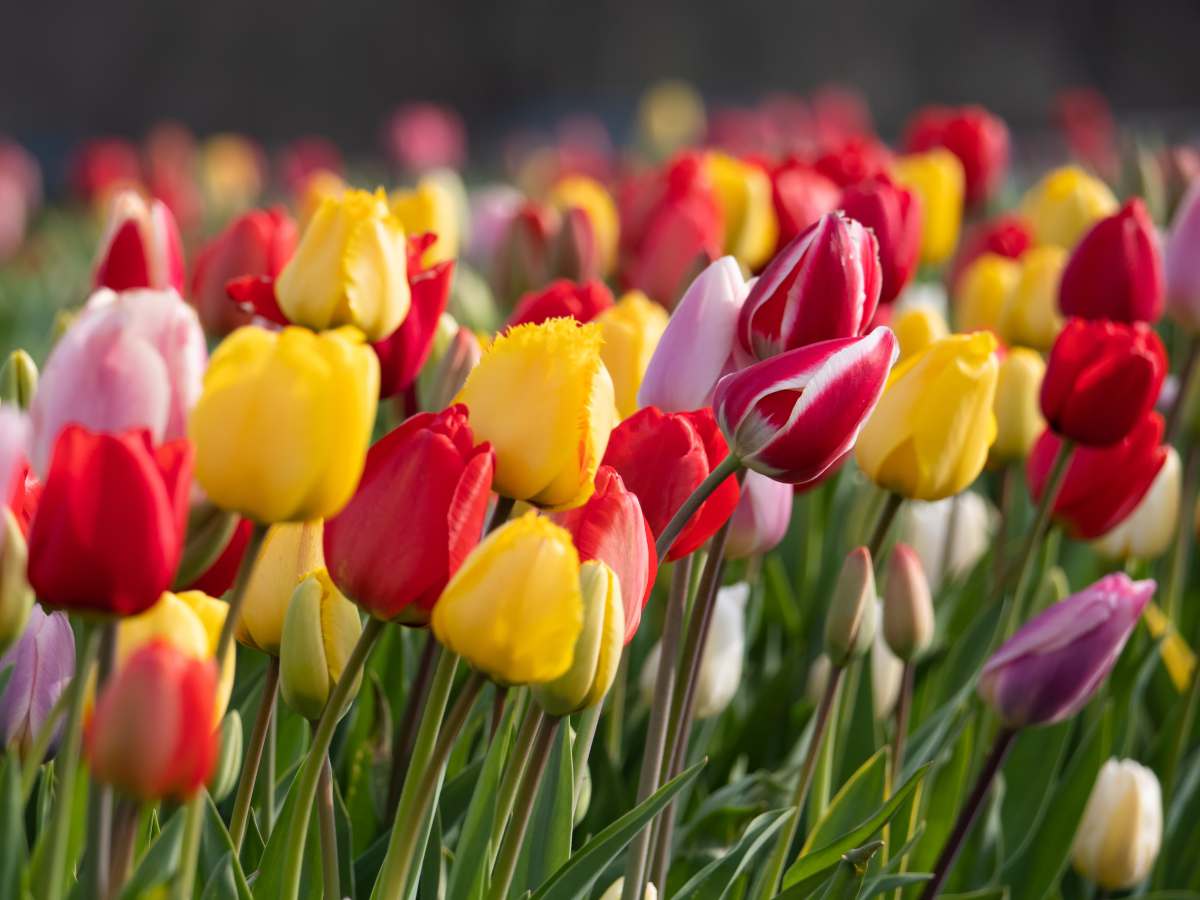
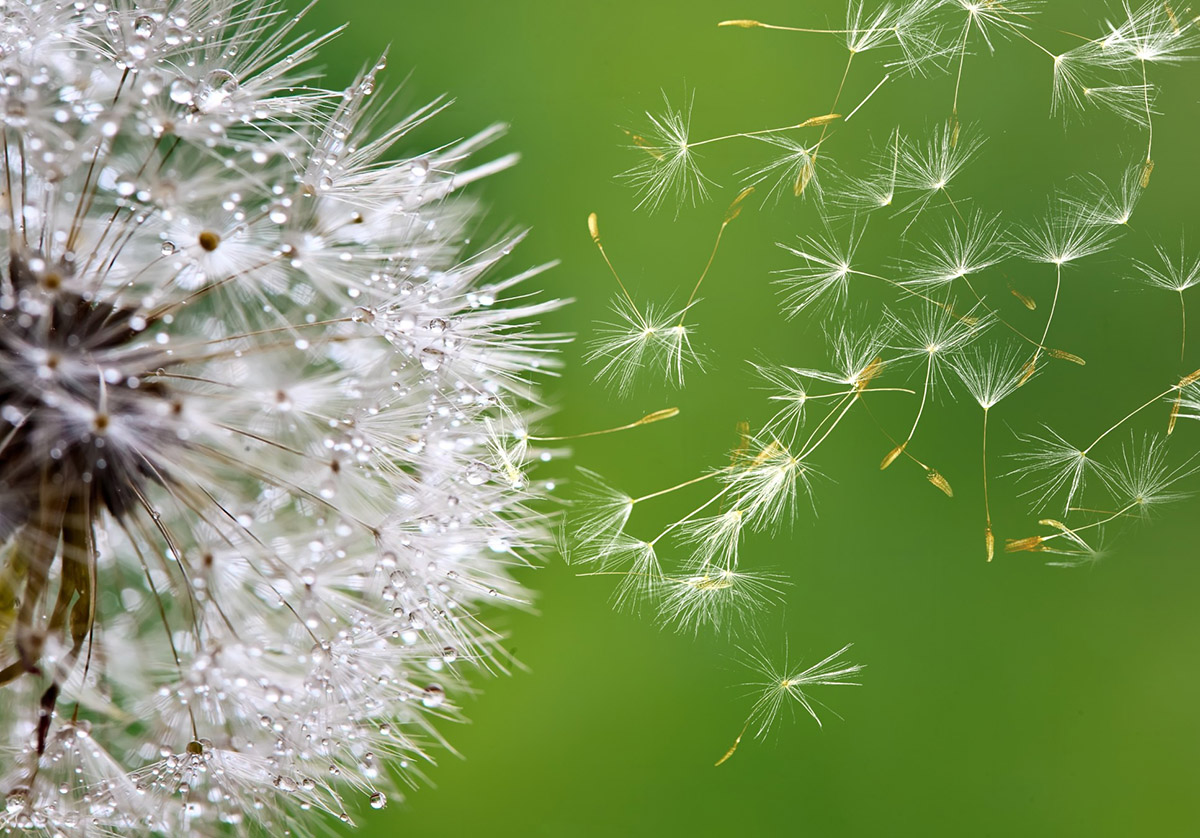
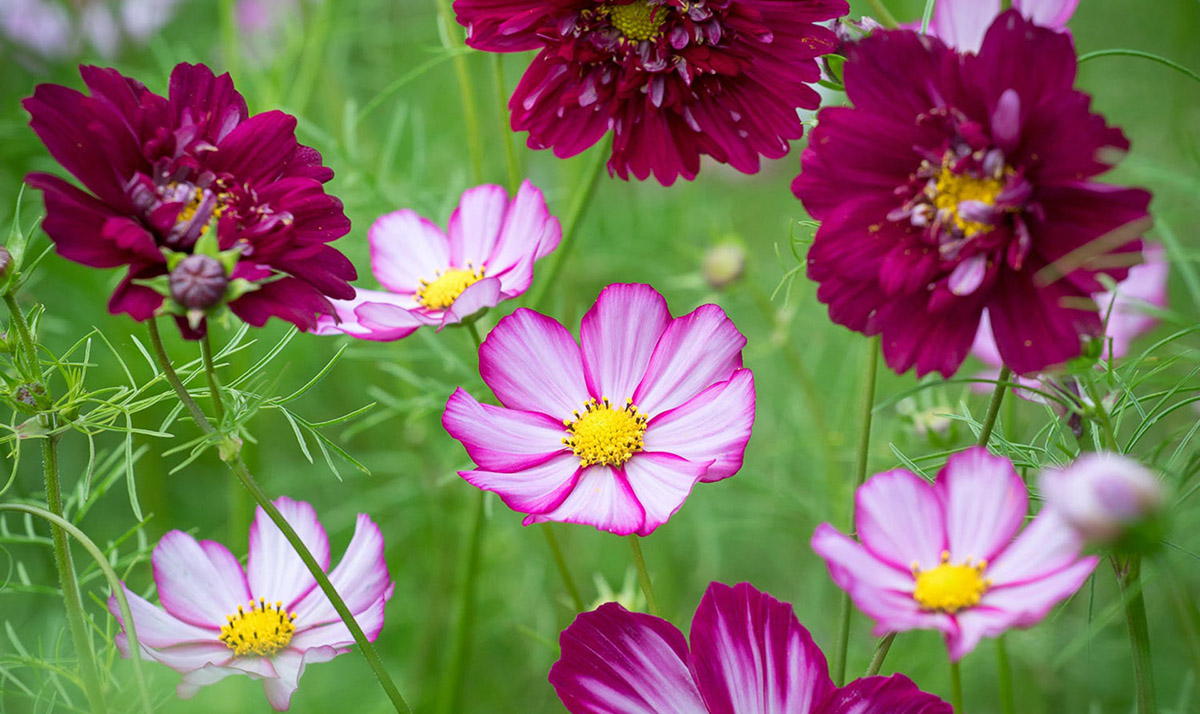
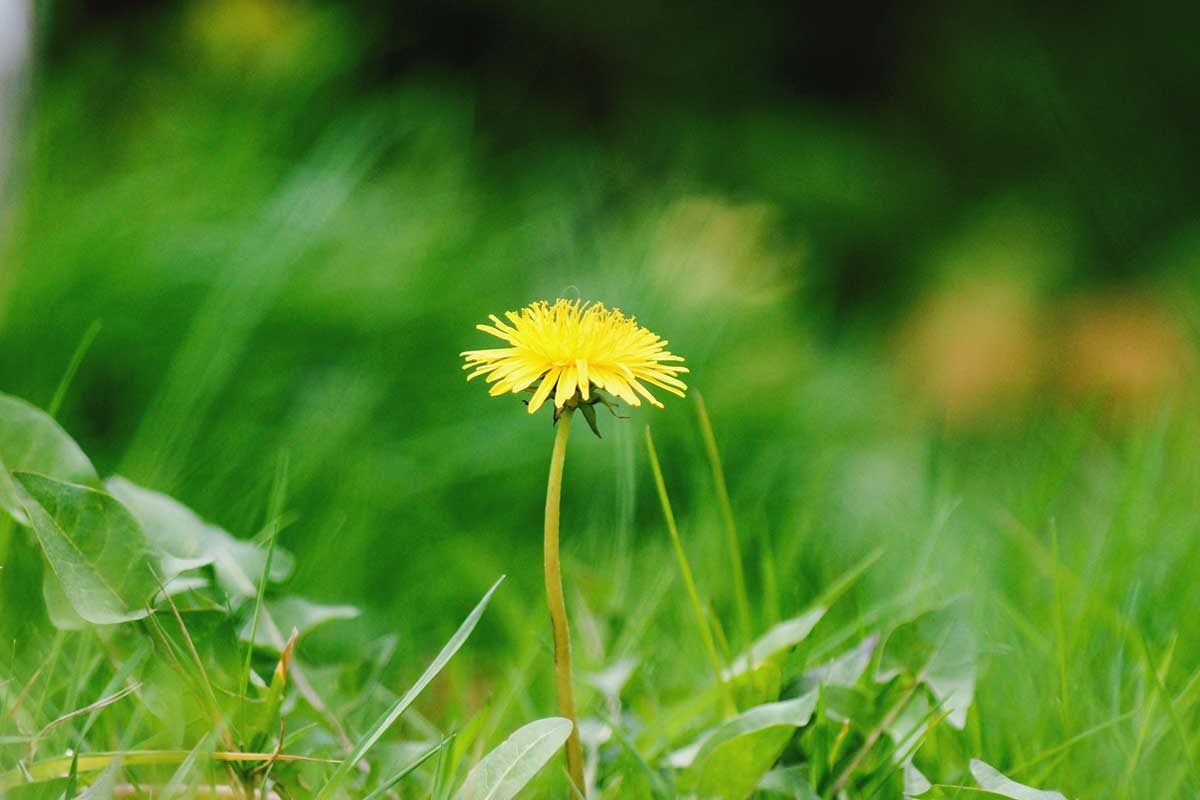
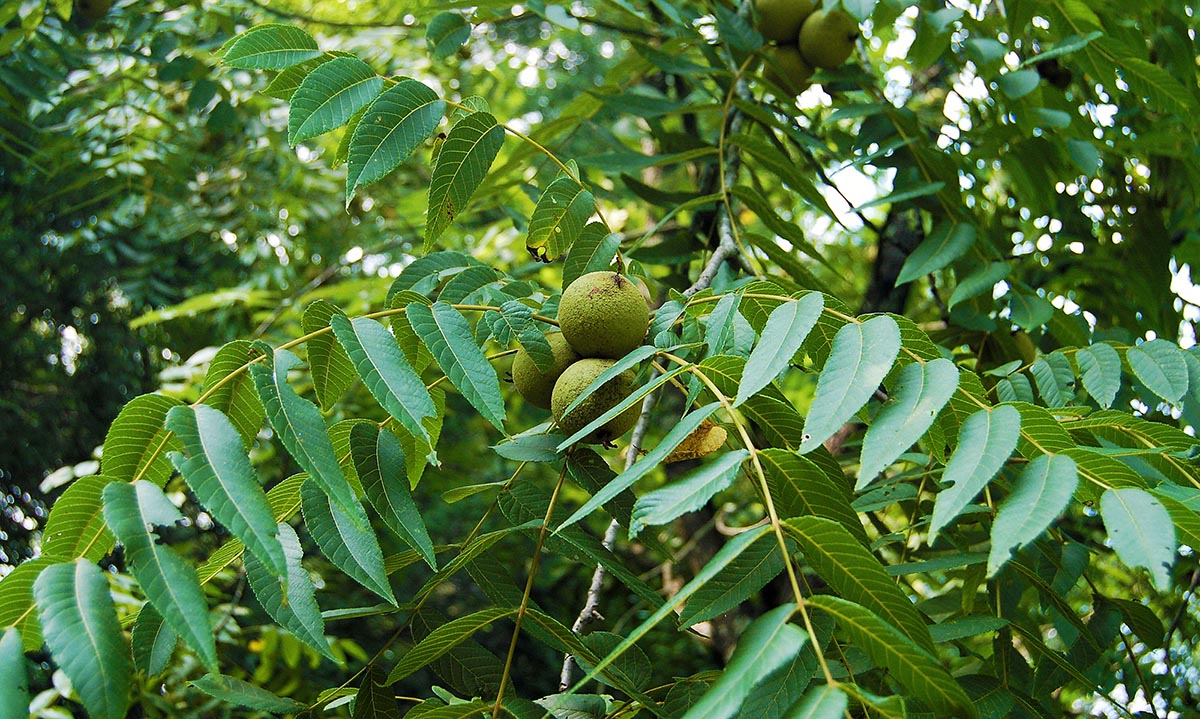
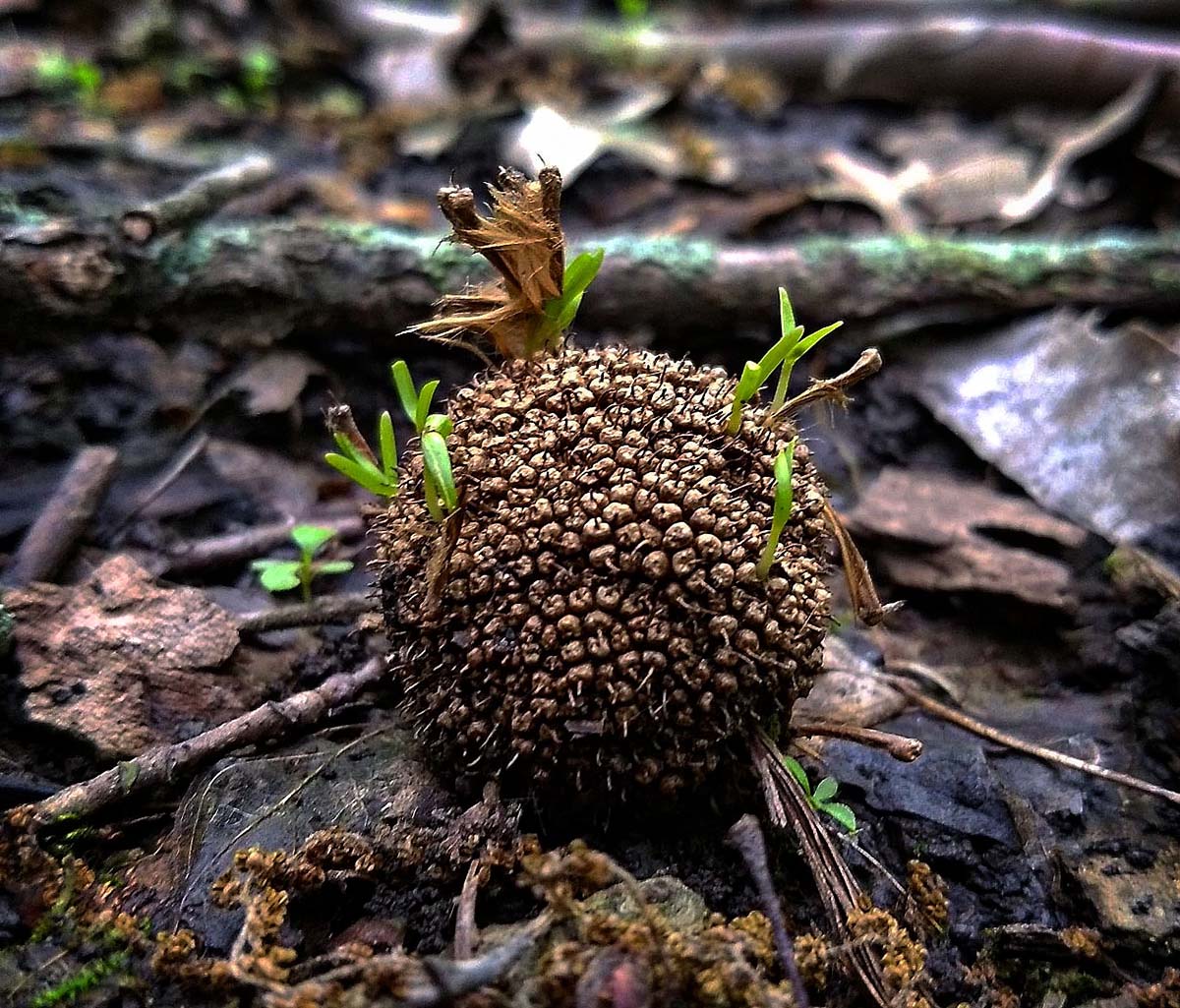
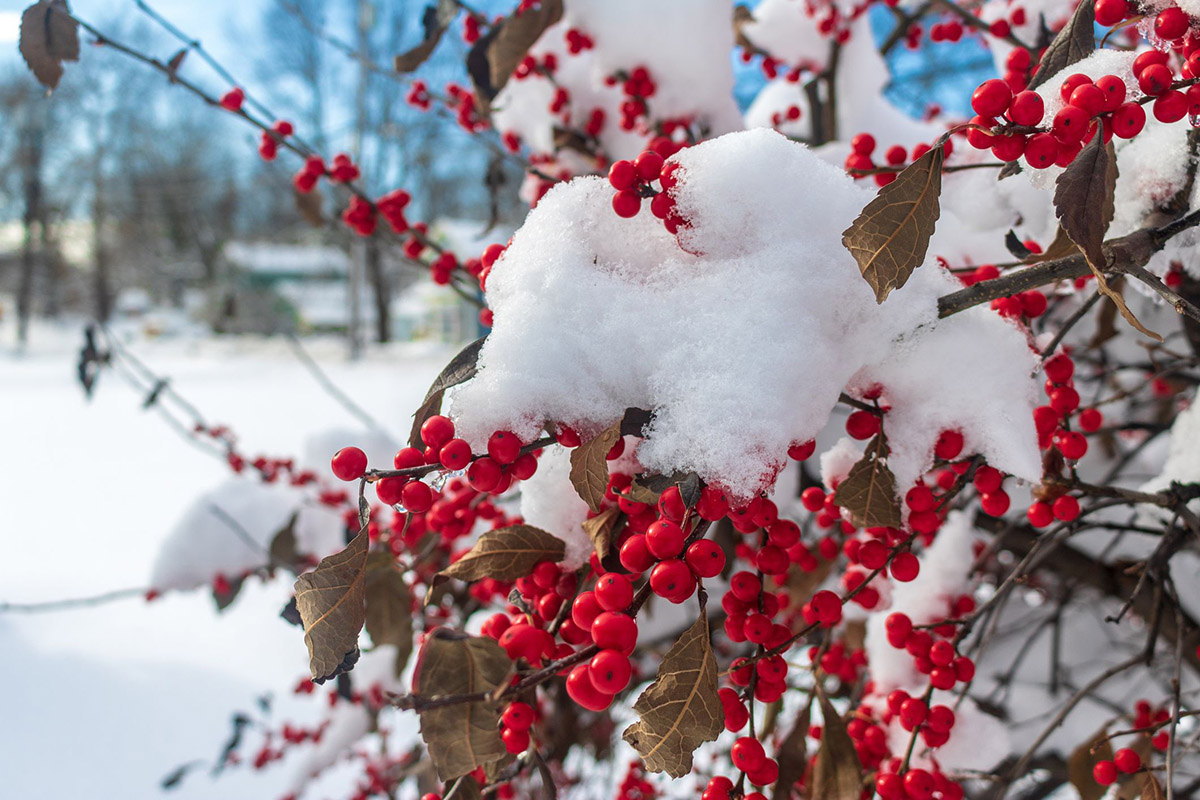

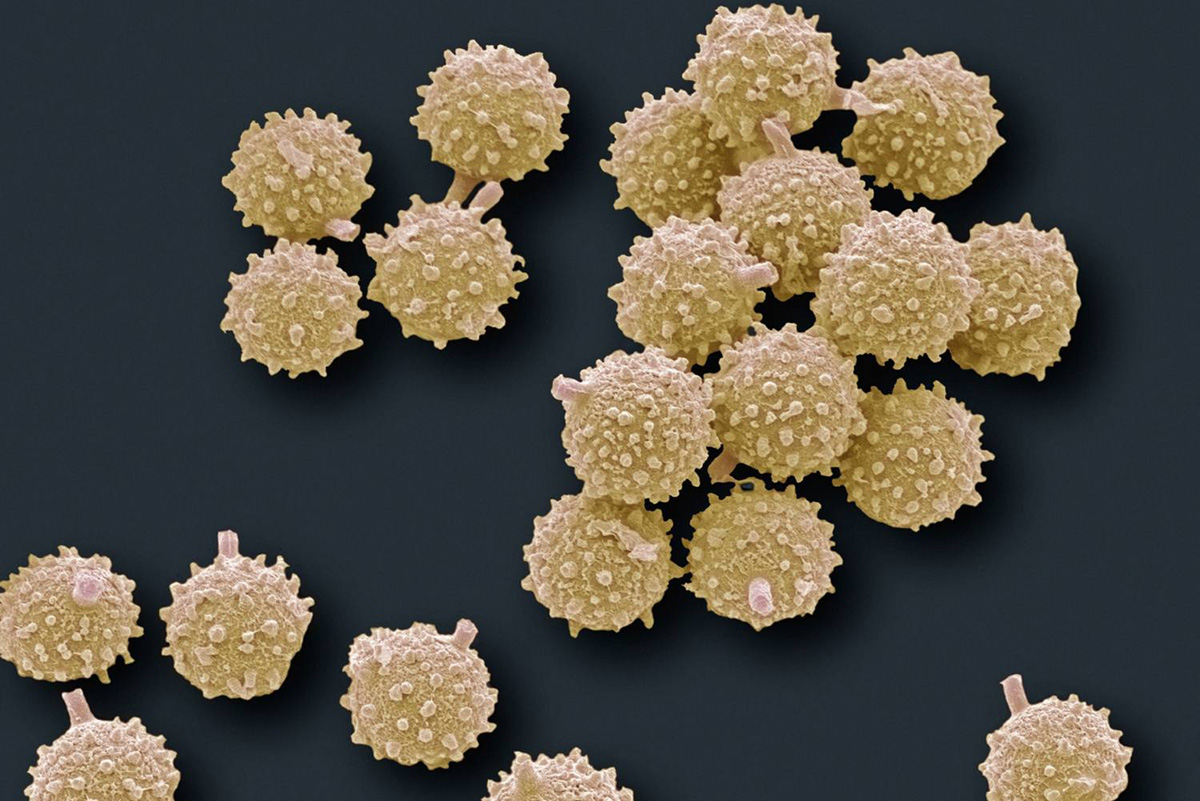
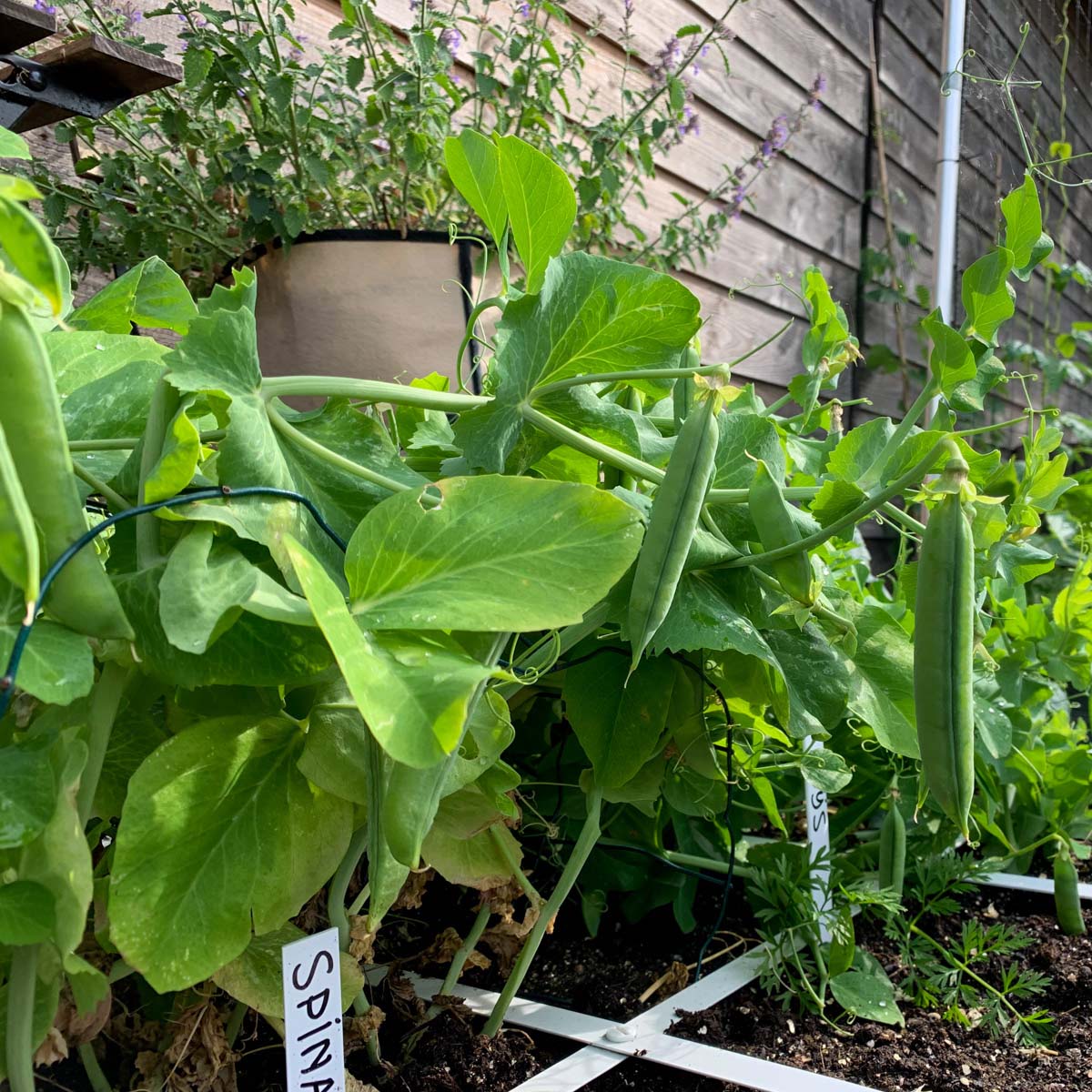
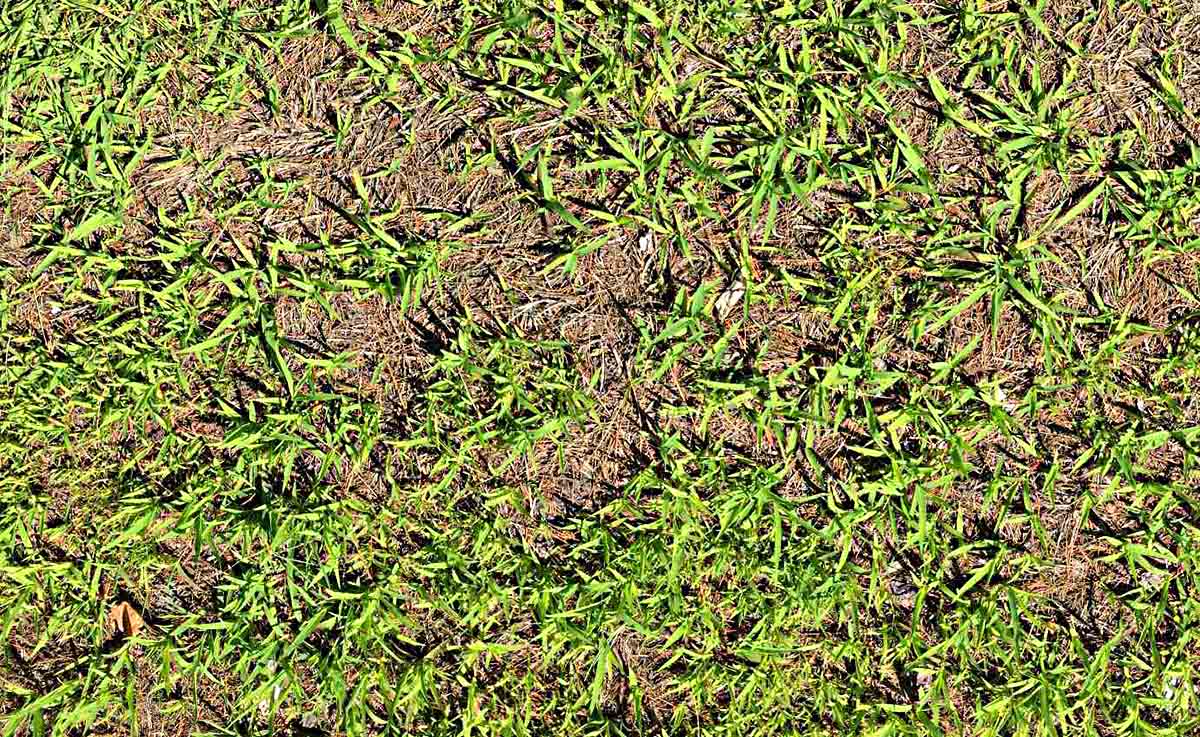
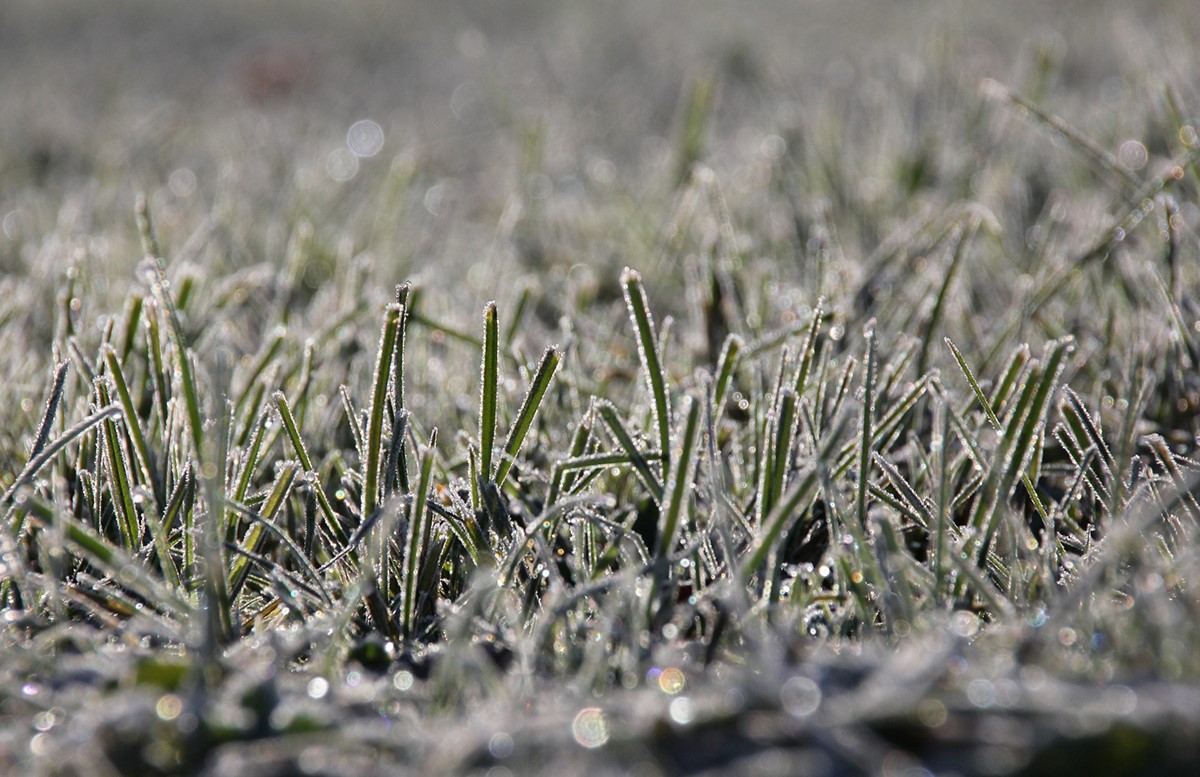

0 thoughts on “When Do Winter Annual Weeds Germinate”